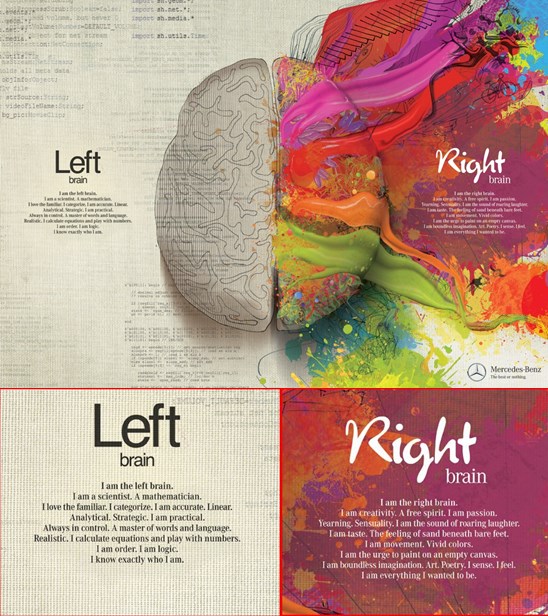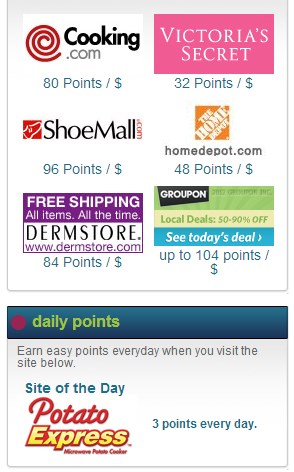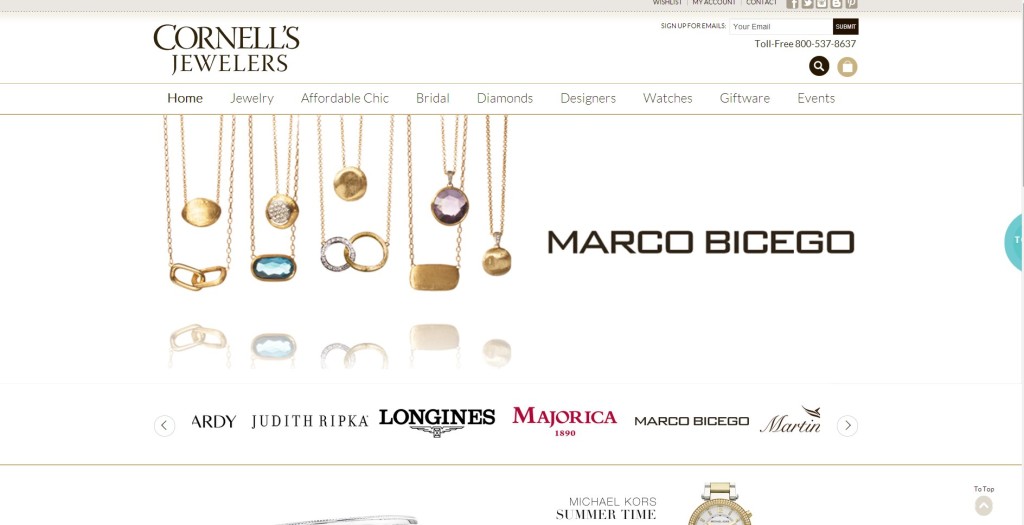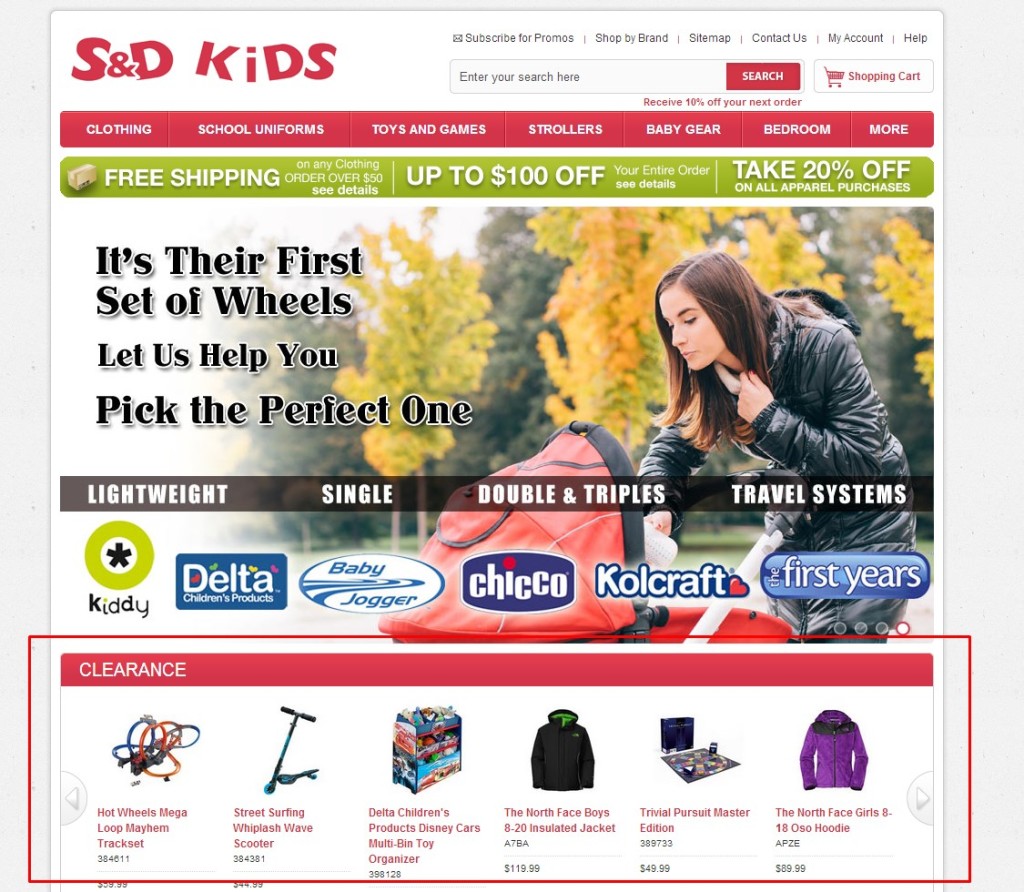Dear Managers:
You hold a lot of power. Use it wisely, or risk losing it altogether.
In an episode of everyone’s favorite guilty pleasure, “Game of Thrones,” dynamic Cersei Lannister issues a strong rebuttal to Littlefinger’s assertion that knowledge is power. Armed with men at her command who could kill Littlefinger quite easily, Cersei states instead that, “No… power is power.”
Who’s right?
Power typically boils down to one simple thing, and from a marketing standpoint, that one thing can make or break your credibility in an instant. It’s simple but monumental: perception.
How Do People See You?
Image is everything, right? Well, of course not, but in marketing, it’s huge. To sell items, you have to present them well. Think of supermodels like Christy Turlington and Josie Maran applying glossy argon oil serums to her flawless skin on QVC.
Image gets a customer’s attention, and that’s the critical first step. But what incites that first sale? And what keeps them coming back?
The Power and Psychology of Trust
Trust-based marketing is applauded for a reason – primarily because it works. Sure, certain marketing tactics might win an initial consumer, but disappointment in a lackluster product won’t retain sales. If you want your business to stay relevant, you must make sure that your trustworthiness remains intact. If severed, you’ve lost out on a bounty of future sales, because people appreciate the familiar.
Trust must be earned, and how you market your brand is going to either help or hurt your trustworthiness. Certain tactics can make a huge difference when it comes to growing a customer base.
- Admit your mistakes.
Learning how to market your items is sometimes a trial and error process, but that’s a good thing. More often than not, we learn how to do something by first learning how not to do it. When something doesn’t fit a customer right or create the same results shown on an infomercial, acknowledge the customer’s experience without invalidating it in defense.
A bad review on your site is not a deal-breaker, and most people appreciate the honesty — especially when it’s followed by a sincere and helpful response from customer service. Transparency is a vital step to fostering continued relationships despite an initial roadblock.
- Entice first-time buyers with promotions.
Everyone loves a good deal, so give it to a newbie customer who might be on the fence about making their first purchases. A 20% coupon code is a great way to initiate this relationship. Many coupon code introductory offers expire quickly — set yourself apart by giving customers additional time if they’d like. Send out a personalized email reminder about their lingering and unused offer, and then ask them if they’d like more time or assistance from a customer service representative.
- Reward loyal customers.
Your tried and true customers are the heart of your sales, so treat them well. When building and nurturing this relationship, offer generous discounts and deals for their continued support. Birthday emails and coupon codes, special discounts for posting reviews, and gift card drawings for sharing personal product photos all help grow your business and keep customers happy. Social media is priceless advertising. Use it to your advantage.
- Embrace customer reviews.
Share every review you receive: the good, the bad and the so-so. Customers appreciate hearing from other people about how their experiences went, and great reviews only solidify your competence.
Don’t fear bad reviews.. Allow detailed reviews to appear alongside your item, and include that feedback as a whole on the product page. Does a certain shoe run a half size larger than the standard size 7? Have five reviewers mentioned this? Include that information at the top to make sure customers are fully informed with no surprises.
- Employ excellent return policies.
Sure, your product is so fantastic that no one would ever dream of returning it, right? Confidence in your product doesn’t mean ignorance of human nature. A customer might buy an item at Loft that doesn’t fit well. If they return the item and find the exact fit that works for their body in the process, you may have created a loyal Loft customer who trusts your company. . So don’t knock a good return policy – one return can lead to a lifetime of sales.
- Focus on stellar customer service.
For Christmas last year, I ordered a pair of Ray-Ban sunglasses as a gift, only to learn that the sunglasses were never delivered to my home despite the post office saying otherwise. Luckily, I’d placed my order with Amazon, and the process went something like this:
- I initiated a virtual chat with a customer service representative through
- I explained the situation
- She apologized for the lost item and immediately sent a new pair to me via overnight shipping – free of charge
The entire exchange lasted around two minutes. I was absolutely floored and incredibly appreciative. I didn’t have to jump through hoops or wait on hold for hours. Instead, the problem was immediately and professionally resolved. Consider having customer service that covers more than just a 1-800 number or email. Live chat support makes people feel more connected and comfortable making a purchase.
Building Long-Term Customer Trust
Building customer trust isn’t always easy. It takes time, costs money and requires a lot of extra effort. In the end, though, it’s worth it – and it might be the smartest business tactic any company could employ. Knowledge is power, as Littlefinger explained, so utilize these tips to help strengthen your customer’s perception of your trustworthiness. And don’t disappoint them, especially if their last names are Lannister.
Check out my friend Kayla’s blog if you’re looking for some great content!









